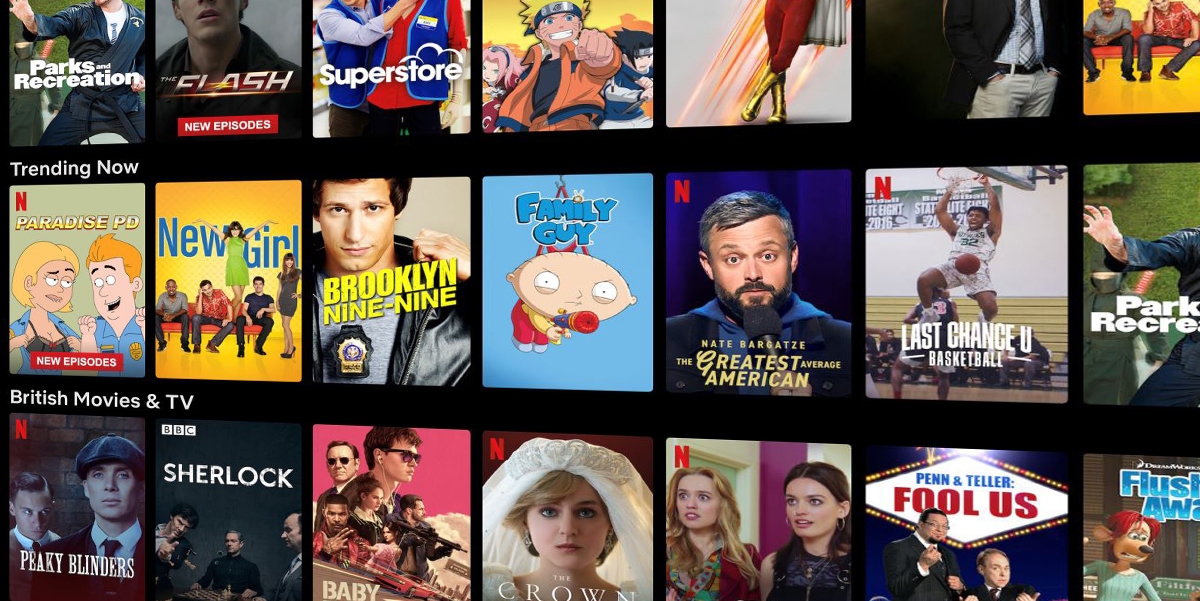
Real-time captioning for deaf: Is it really useful?
Real-time captioning is growing as technology evolves and changes in today's world. Real-time captioning is the process of converting spoken words or audio into a text that is displayed and encased in white letters with a black background. Real-time captioning is created when an event is taking place.
The captions are used by people who are deaf or hard of hearing to understand the content delivered in an event. Real-time captioning does not only benefit the deaf but also people who are learning English as a second language and children learning to read. Real captioning is also good for converting different languages to a language the audience understands.
For the deaf, real-time captions are essential as it separates dialogue providing information about who is speaking or sound effects. Voice writers and Stenocaptioners are involved in creating real-time captions. Real-time captioning is helpful for the deaf as they access all programs and events like news and sports, entertainment, etc. Verbit's real-time captioning offers live captions to all audiences.
Benefits of Real-time Captioning for the Deaf
Real-time captioning has been one of the best parts for the deaf and people with difficulty hearing. The following are some benefits of real-time captioning for the deaf.
Accessibility for the Deaf
Accessibility for the deaf is one of the most crucial benefits of real-time captioning. About 70% of the deaf people or people with disabilities leave a video or program with no captioning.
Real-time captioning is time-synchronized with the program content enabling access for deaf people. When an organization produces a program with captions, it allows the deaf to access the content, hence increasing your audience.
Real-time captioning for the deaf is very useful. It sends a positive message to society that they are not left out. This means that real-time captioning for the deaf will continue to grow.
Captioning Sound effects
Real-time captioning also captions the sound effects in a program that gives a better understanding to the deaf. It notifies the deaf or people with hearing difficulties to be able to know sound effects that are made at the event. Sound effects like the crowd, war, foley, train, scary, background, and sound effects are captured in the captions.
According to the reviews of significant events, the deaf were happy, satisfied, and more relaxed while following the event. Are you looking for ways to caption sound effects? Choosing automatic captioning software is the best way to caption all sound effects of an event or program.
There are also other benefits of real-time captioning that benefit everyone and the company.
Compliance with legal necessities
It is assessed that as numerous as 70% of those with hearing misfortune are individuals from the labor force or a piece of an instructive setting. A few anti-discrimination laws have been instituted to safeguard the privileges of disabled individuals and guarantee their admittance to similar assets as the remainder of the populace.
A portion of those regulations expects that events, videos, or programs incorporate captions when distributed publicly, so they are entirely open for everyone to follow up if they cannot hear or understand the language.
Flexible Streaming in Sound-Sensitive Conditions
With captions on, watchers can watch your event, video, or program where the sound is inaccessible. Assuming somebody is on a noisy train or a jam-packed road, subtitles will convey the discourse when the sound is darkened. Additionally, subtitles let viewers watch videos in quiet calm conditions like a library and office.
How real-time Captioning Enhance Video Search and User Experience
Captions make your video content immensely more accessible. Not exclusively can web indexes creep your content and direct people to your webpage. However, viewers on your website can find the videos or programs they search for.
An intuitive caption lets viewers look for keywords inside the captions and see wherever that catchphrase appears. Assuming there is a specific spot in the video a user needs to leap to, they should tap the word, and the video will begin playing at that spot.
Conclusion
Real-time captioning is useful for the deaf as it makes them feel no longer an outcast because they can understand what is going on in an event, video, or program. In the events or programs that do not produce real-time captioning, you find people in comments shouting about the need for real-time captioning, as it will continue to evolve and change, coming with different and better features.
Photo: iStock









